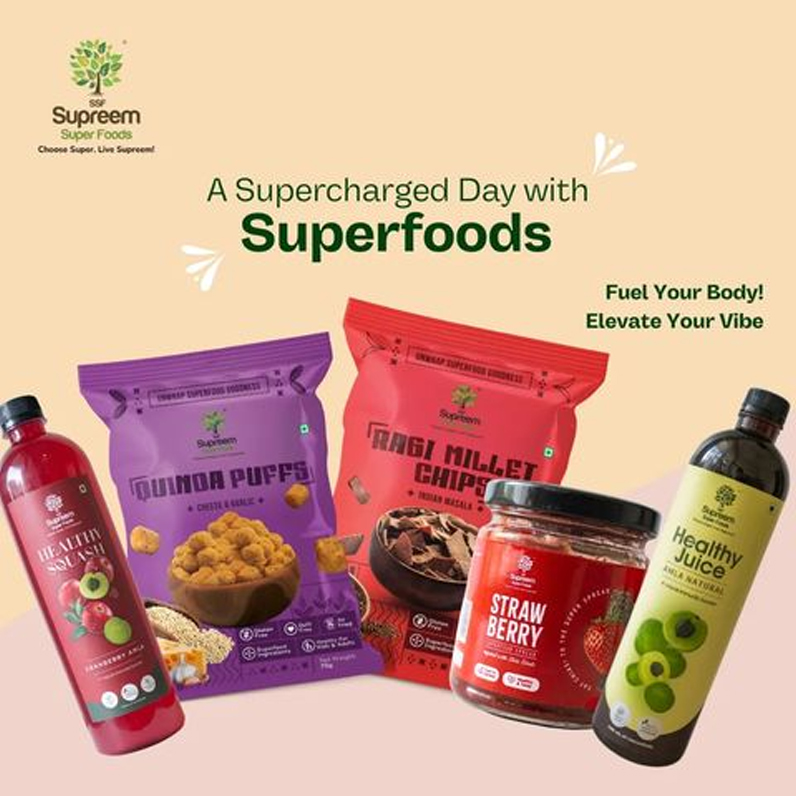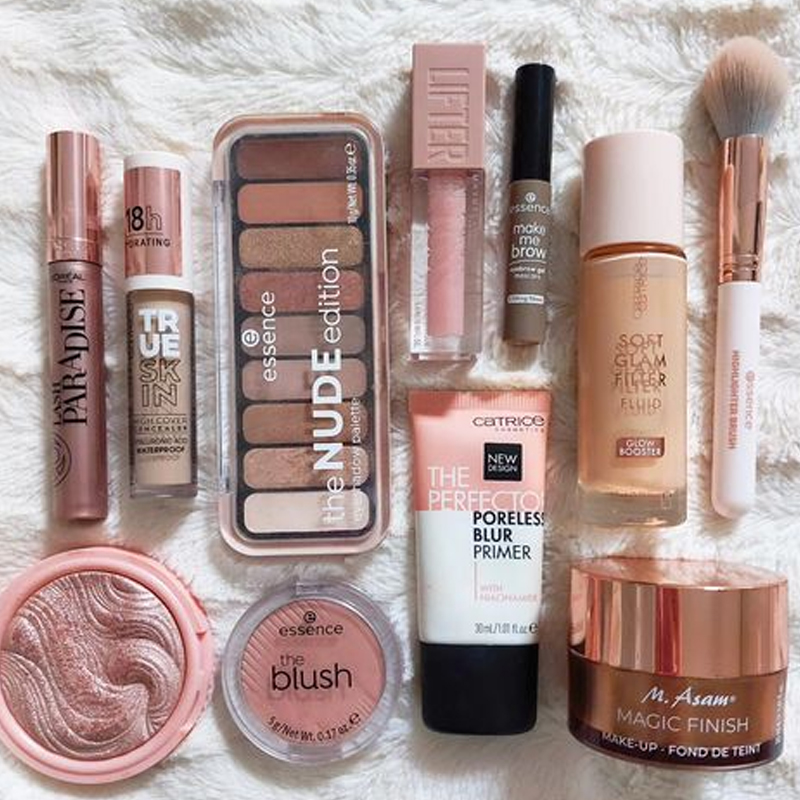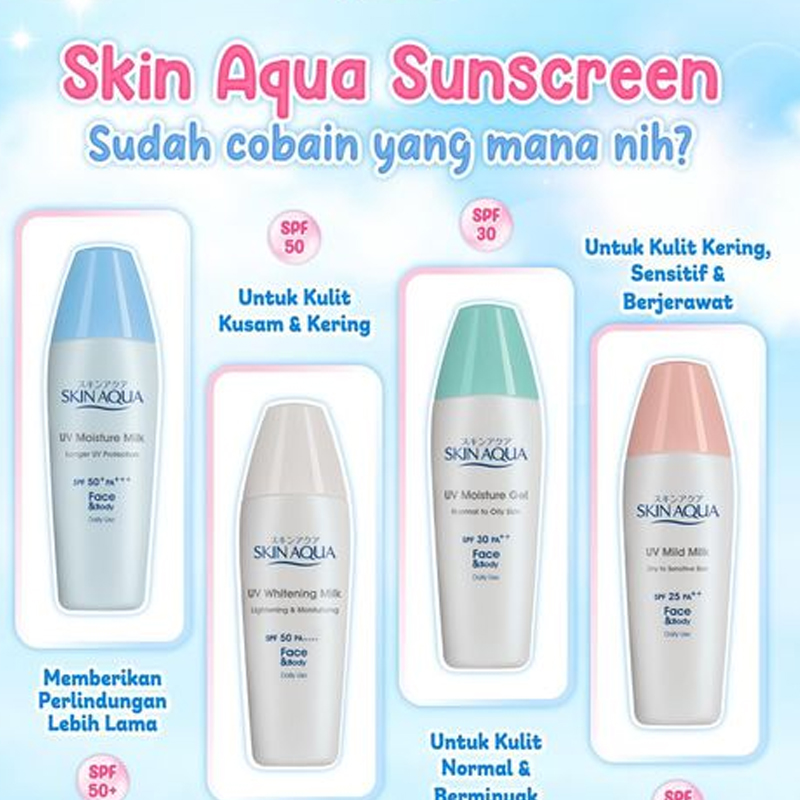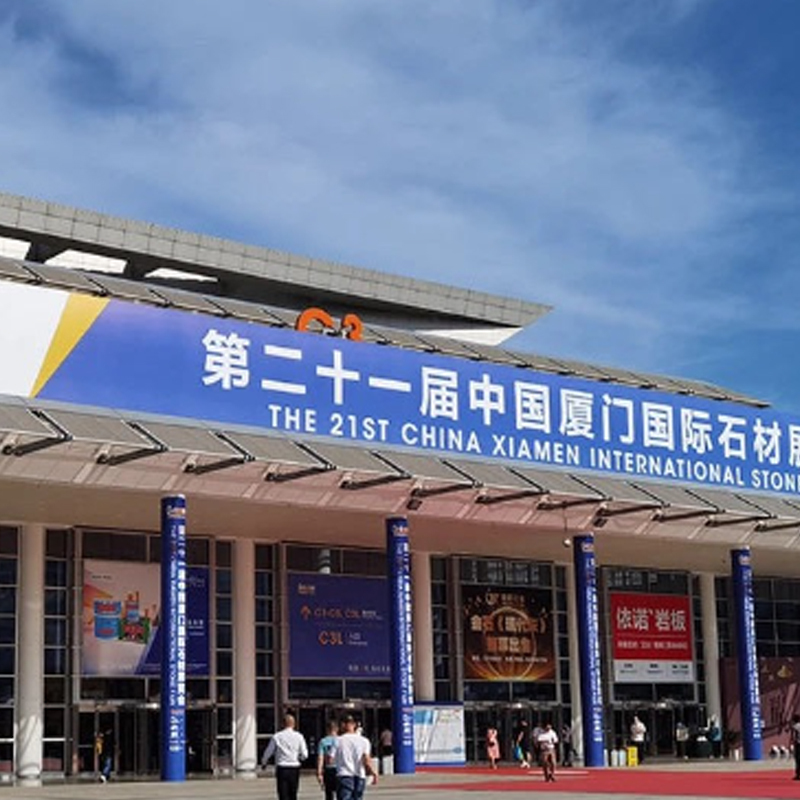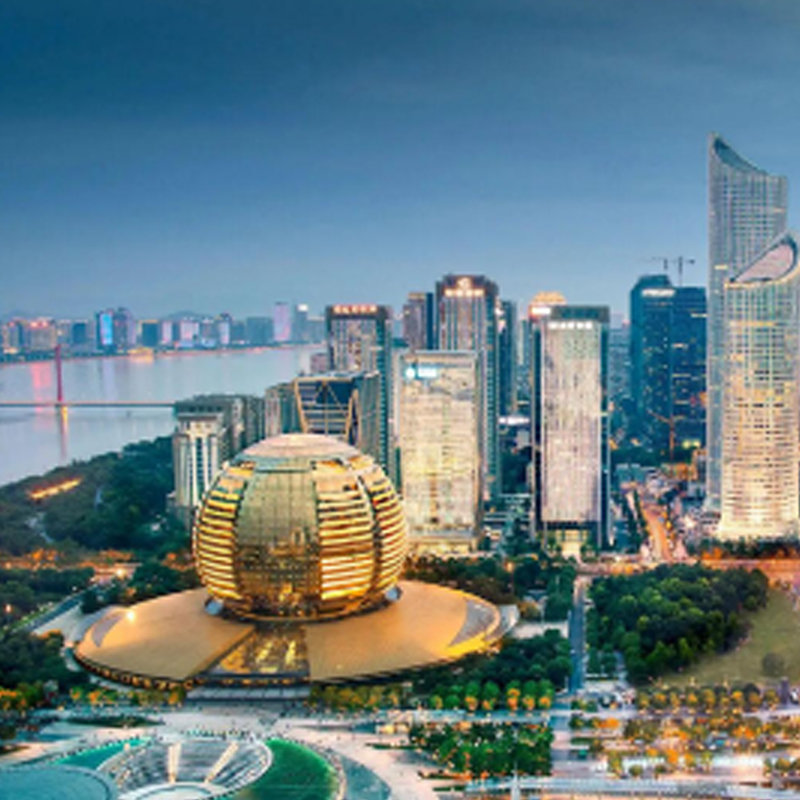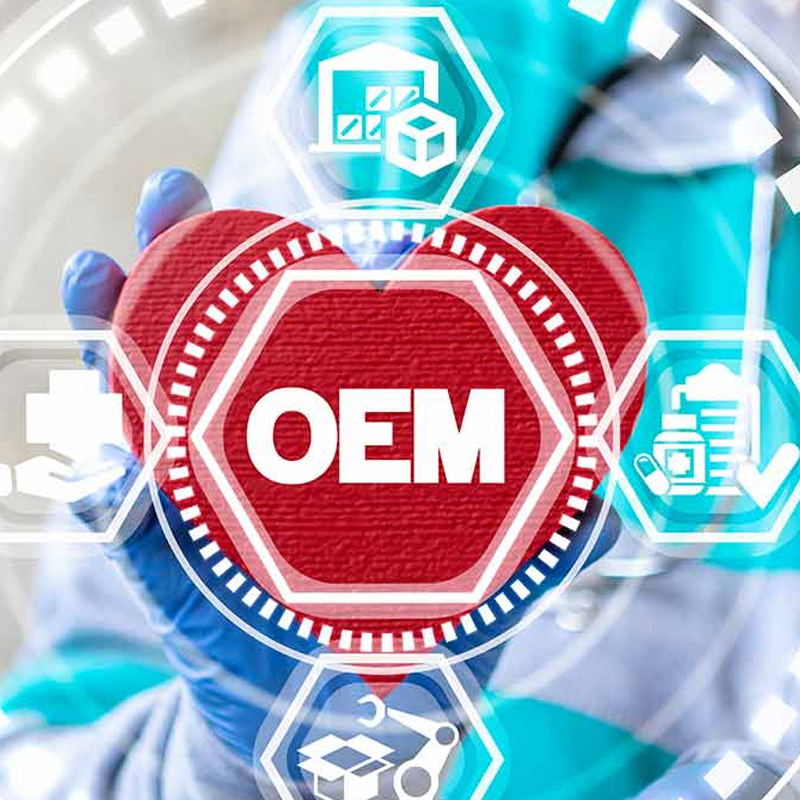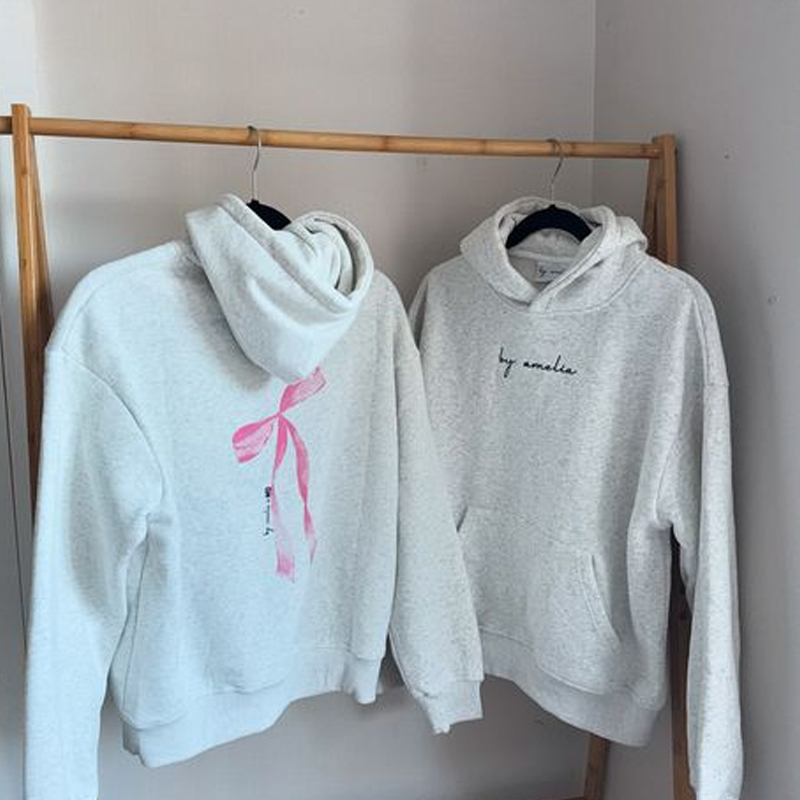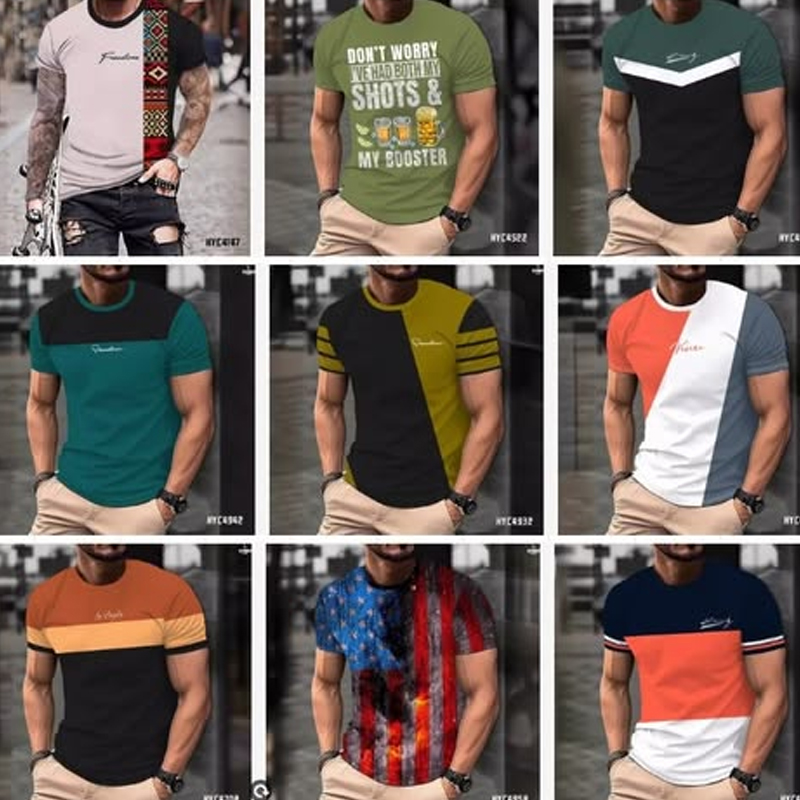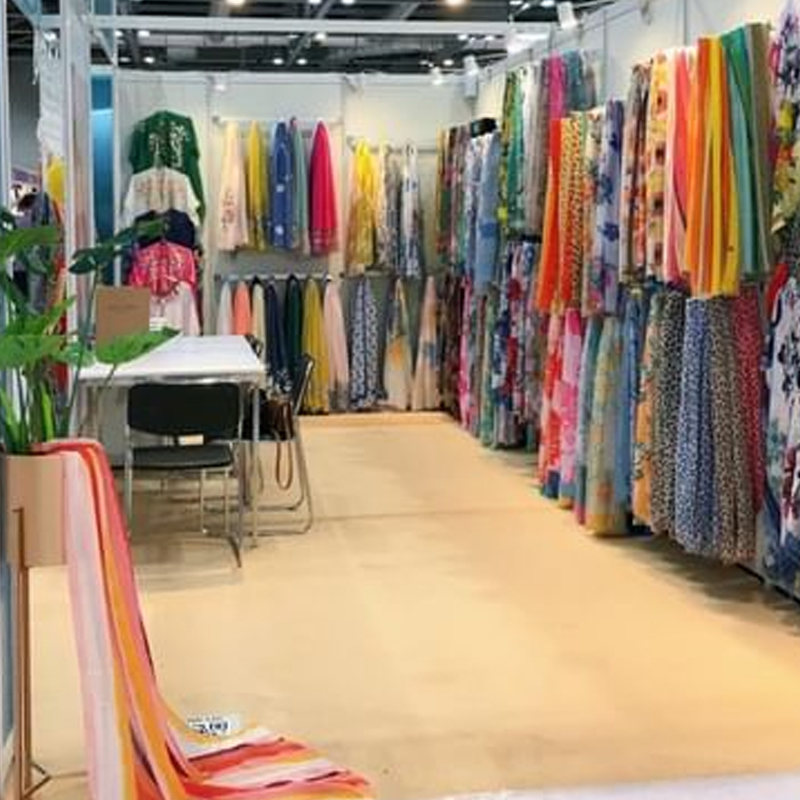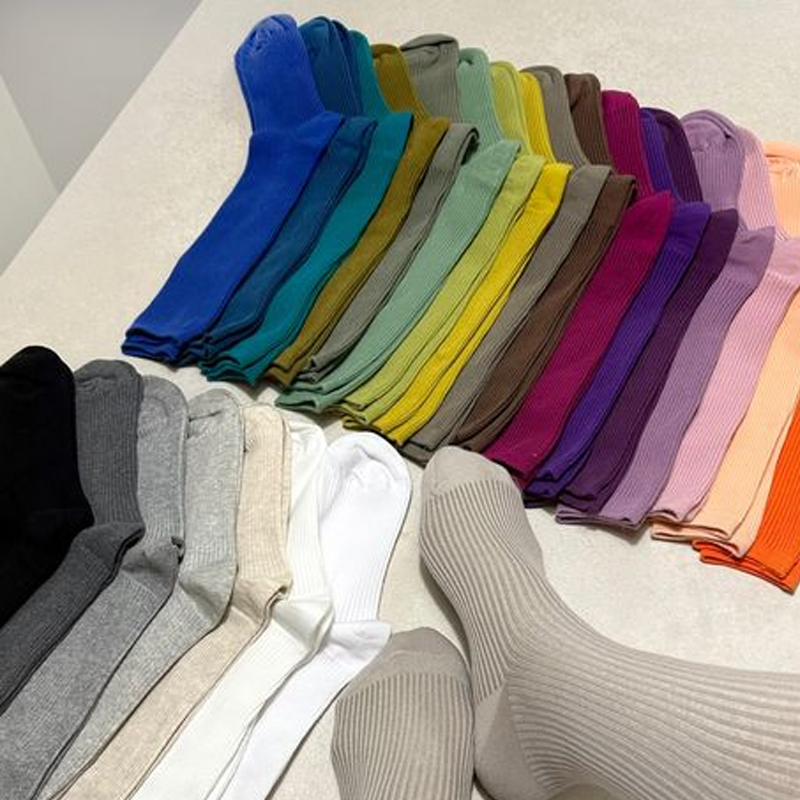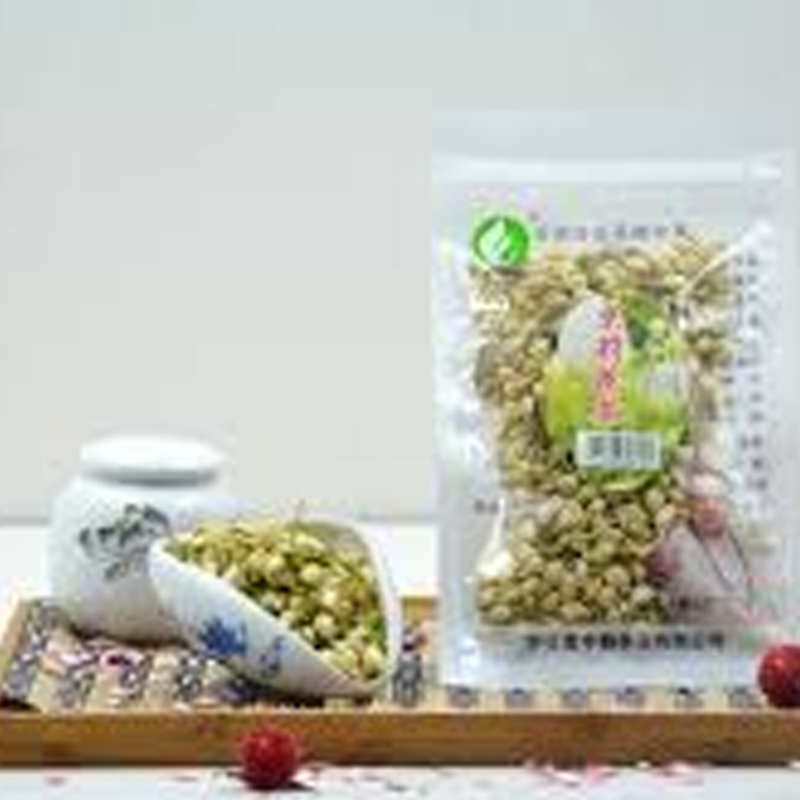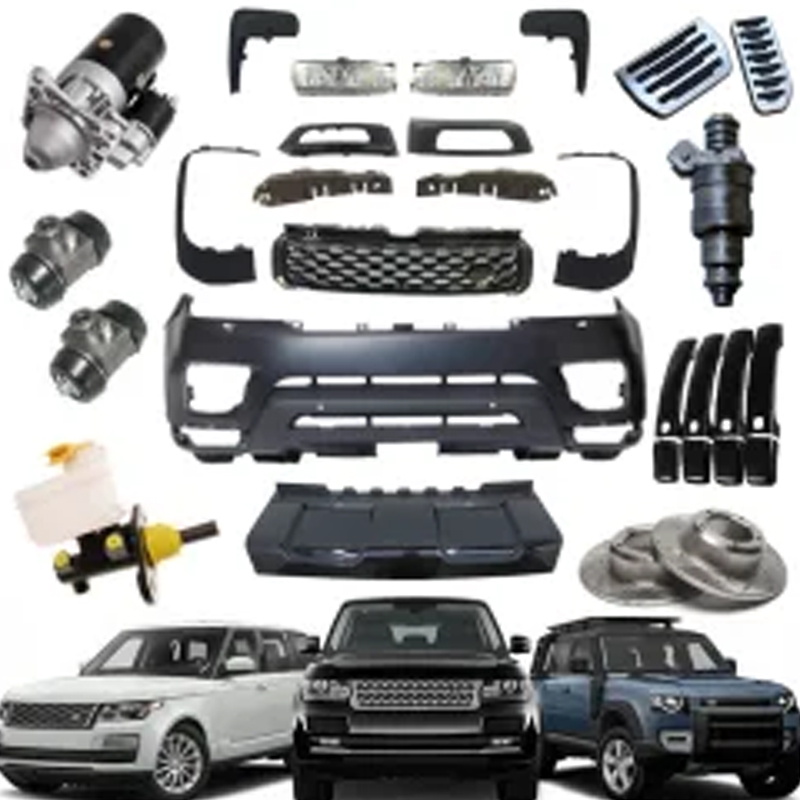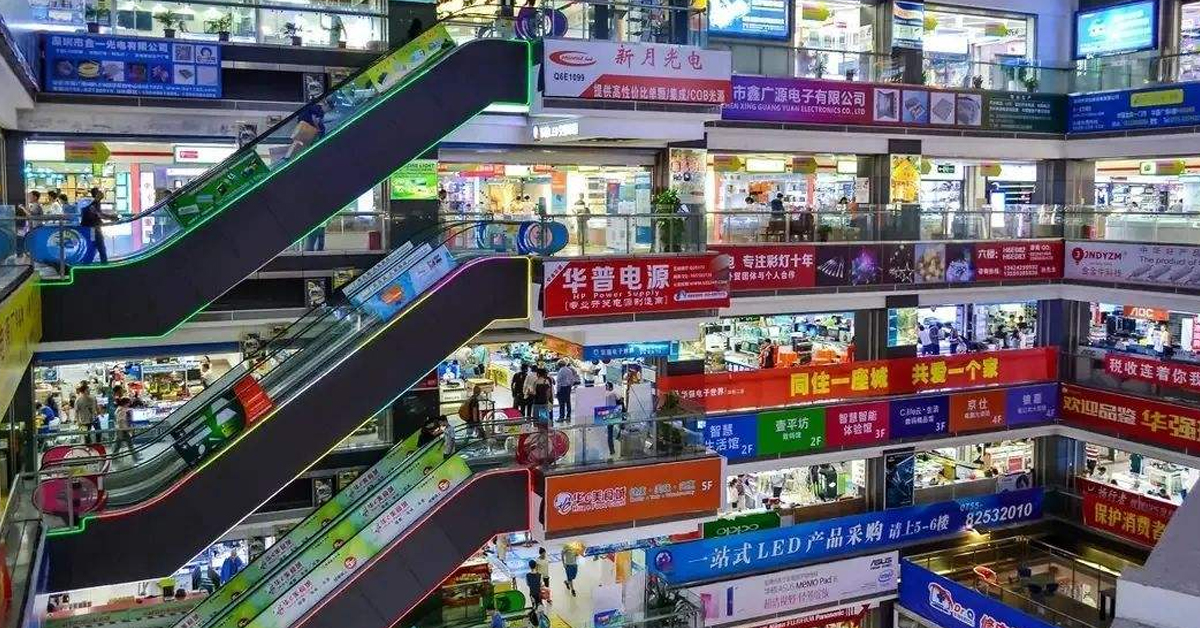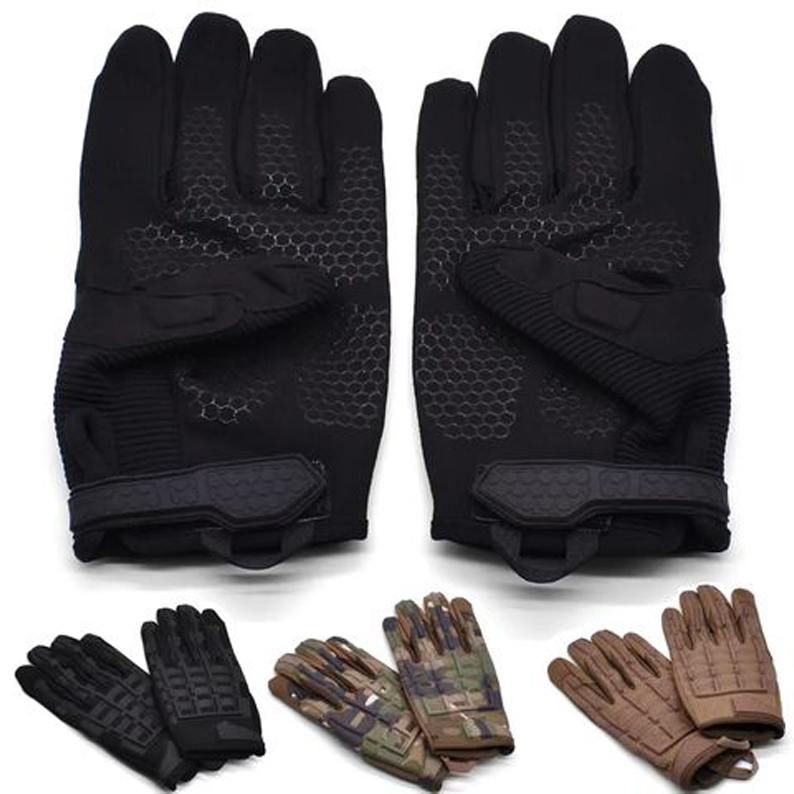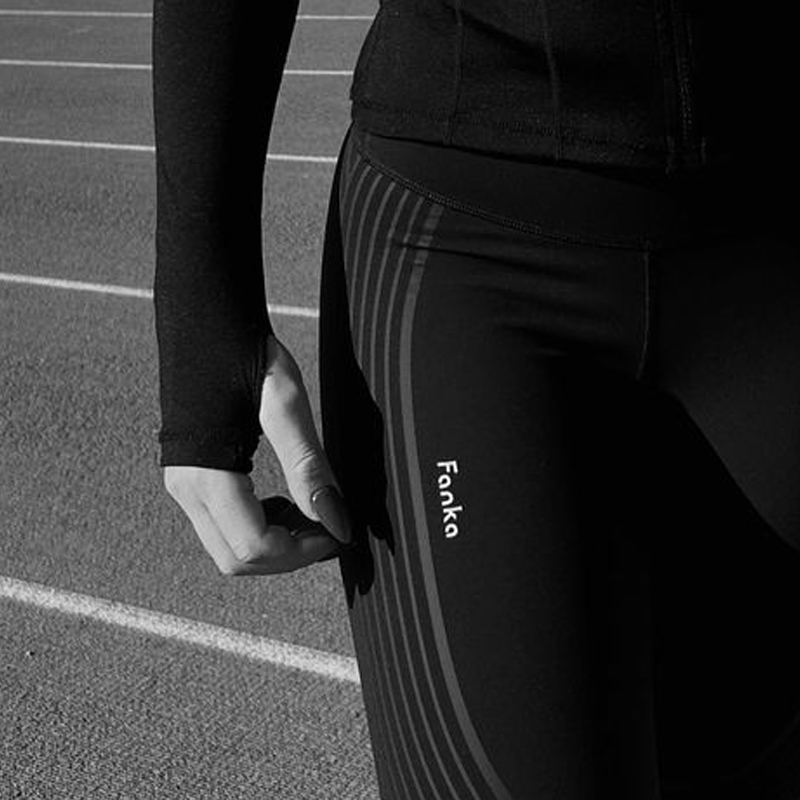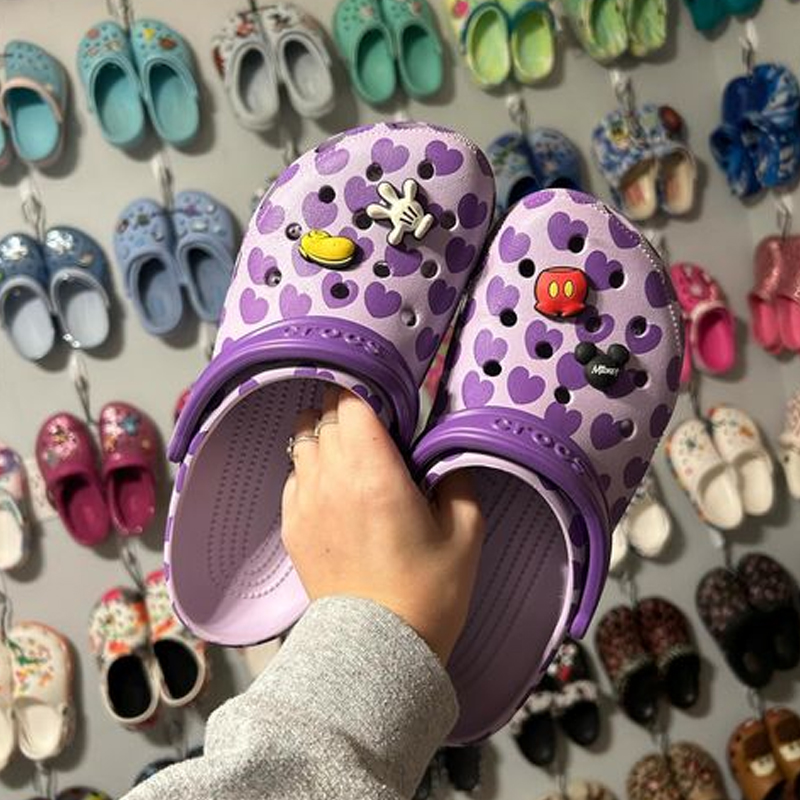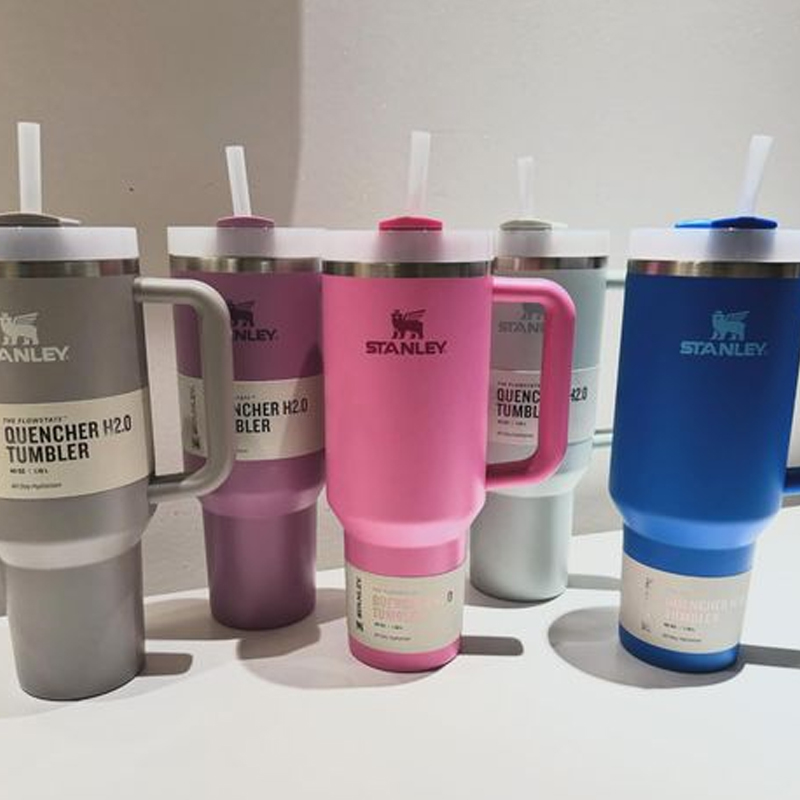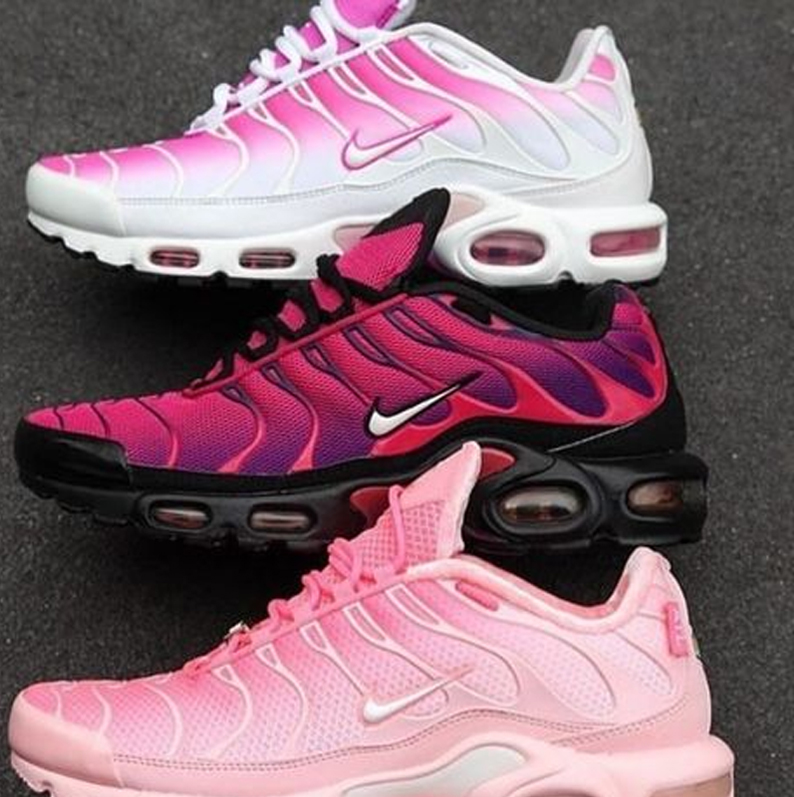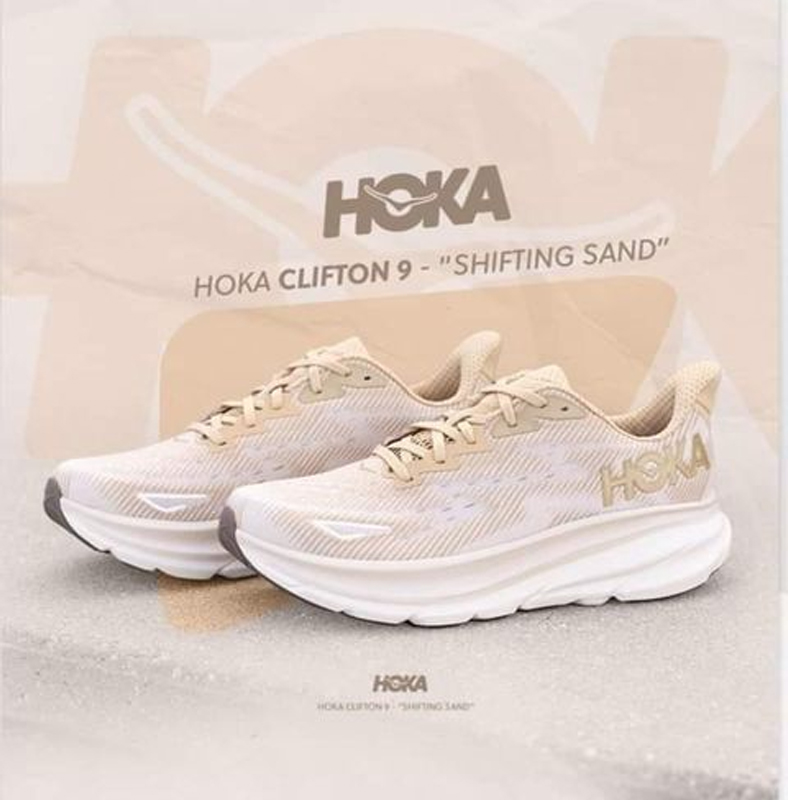Ever wonder where your favorite pair of Levi’s jeans comes from? The journey from raw cotton to iconic denim is a fascinating global odyssey. This article takes you behind the scenes of Levi’s production facilities and denim manufacturing processes around the world. We’ll explore how Levi’s balances its American heritage with a complex international supply chain spanning from Mexico to Vietnam to China. You’ll get an inside look at the craftsmanship, innovation, and sustainability efforts that go into creating the world’s most famous jeans. Whether you’re a denim enthusiast or just curious about how global brands operate, this deep dive into Levi’s manufacturing will give you a new appreciation for that trusty pair of 501s.
Key Takeaways: Mapping Levi’s Global Denim Empire
- Levi’s operates a complex global supply chain with key manufacturing hubs in the US, Mexico, Vietnam, and China
- While no longer made exclusively in America, Levi’s still produces some premium lines in the USA
- Cutting-edge water reduction technology and sustainable practices are priorities across all production facilities
- Levi’s balances automation with traditional craftsmanship to maintain quality and heritage
- Ethical manufacturing and worker conditions are emphasized, especially in developing countries
- Ongoing innovation in denim production keeps Levi’s at the forefront of jean construction techniques
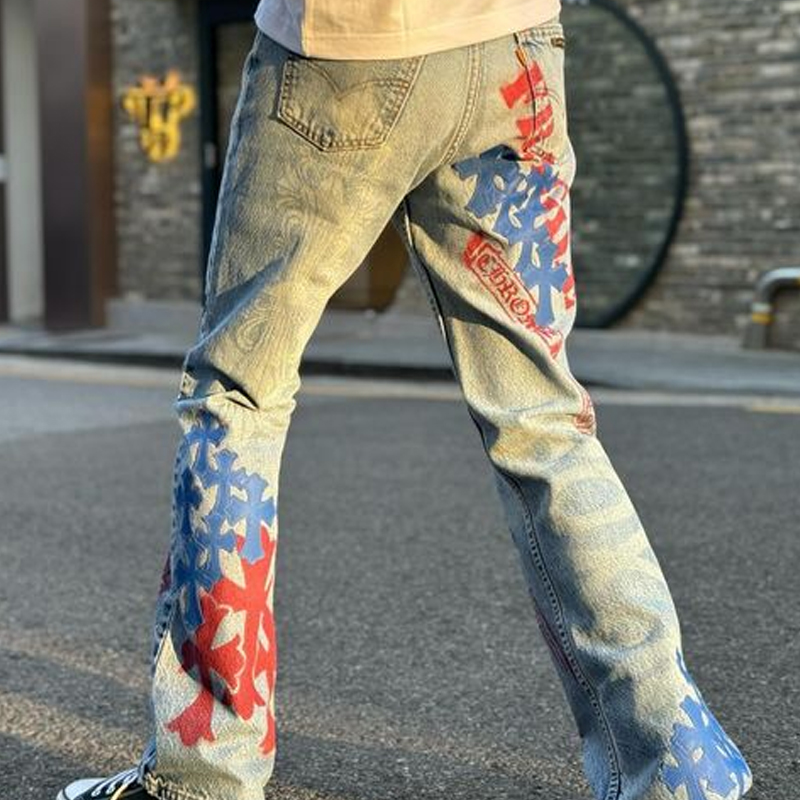
Levi’s Global Denim Tracing the Origins of Iconic Jeans (1)
Where Are Levi’s Jeans Made? Mapping the Global Supply Chain
Levi’s has come a long way from its humble beginnings in San Francisco. Today, the iconic denim brand operates a vast global supply chain with production facilities spanning multiple continents. While Levi’s headquarters remains in San Francisco, the actual manufacturing of jeans takes place in factories located around the world.
The majority of Levi’s production now occurs outside the United States, with key manufacturing hubs in Mexico, Vietnam, China, and other countries across Asia and Latin America. However, Levi’s does still maintain some domestic production for certain premium lines. This global network allows Levi’s to optimize costs, leverage regional expertise, and maintain the scale needed to meet worldwide demand for its products.
| Region | Key Production Countries | Percentage of Total Production |
|---|---|---|
| North America | USA, Mexico | ~20% |
| Asia | Vietnam, China, Bangladesh | ~60% |
| Europe/Middle East | Turkey, Egypt | ~10% |
| Latin America | Brazil, Colombia | ~10% |
Made in USA: Does Levi’s Still Produce Jeans in America?
While the vast majority of Levi’s jeans are now manufactured overseas, the company does still maintain some production in the United States. These “Made in USA” Levi’s are typically part of premium product lines and are produced in small batches. The company’s last remaining US factory is located in San Antonio, Texas.
Levi’s commitment to some domestic production reflects both a nod to the brand’s heritage and a recognition of consumer demand for American-made products. These USA-made jeans often feature higher-quality materials and more traditional construction techniques. However, the higher labor costs in the US mean these jeans come with a premium price tag compared to their imported counterparts.
“While we’re a global brand, our American roots remain a key part of our identity. Maintaining some US production allows us to preserve traditional craftsmanship and support domestic manufacturing.” – Levi’s spokesperson
South of the Border: How Important are Levi’s Mexico Factories?
Mexico plays a crucial role in Levi’s manufacturing strategy, serving as a key production hub for the North American market. The company has operated factories in Mexico since the 1990s, taking advantage of lower labor costs and proximity to the US market. Today, Mexico is one of the largest producers of Levi’s jeans outside of Asia.
Levi’s Mexican facilities are known for their expertise in denim production and finishing techniques. Many of the vintage-inspired and premium lines are manufactured here. The factories in Mexico also serve as innovation centers, where new jean construction techniques and sustainable practices are often piloted before being rolled out globally.

From Cotton to Jeans: What Does Levi’s Vietnam Production Look Like?
Vietnam has emerged as a major manufacturing center for Levi’s in recent years. The country’s skilled workforce, relatively low labor costs, and improving infrastructure have made it an attractive production base. Levi’s Vietnam operations encompass the entire production process, from Cotton sourcing to final assembly.
One of the hallmarks of Levi’s Vietnam production is its focus on sustainability. The facilities here have been at the forefront of implementing the company’s water reduction technology, significantly decreasing the amount of water used in the denim manufacturing process. Worker conditions are also a priority, with Levi’s implementing comprehensive labor standards and safety protocols.
- State-of-the-art equipment for cutting and sewing
- Advanced laundry and finishing facilities
- Rigorous quality control processes
- Training programs for workers to enhance skills
- Implementation of Levi’s global sustainability initiatives
The China Connection: What Role Does China Play in Levi’s Manufacturing?
China remains a significant player in Levi’s global supply chain, despite rising labor costs and shifting production trends. The country’s vast manufacturing infrastructure, skilled workforce, and efficient logistics make it an important hub for Levi’s production. While some brands have reduced their reliance on Chinese manufacturing, Levi’s has maintained a strong presence in the country.
Chinese factories are particularly important for Levi’s high-volume, mass-market lines. The scale and efficiency of Chinese manufacturing allow Levi’s to meet the demands of global distribution while maintaining competitive pricing. Additionally, China’s growing domestic market for premium denim has led Levi’s to produce certain lines specifically for Chinese consumers.
Innovation in Indigo: How Does Levi’s Approach Denim Manufacturing?
At the heart of Levi’s global production is a commitment to innovation in denim manufacturing. The company continually invests in research and development to improve its products and processes. This focus on innovation spans every aspect of production, from Cotton sourcing to the indigo dyeing process to final finishing techniques.
One area where Levi’s has made significant strides is in sustainable denim production. The company has developed proprietary techniques to reduce water usage, decrease chemical inputs, and minimize environmental impact. These innovations not only make Levi’s production more eco-friendly but often result in unique denim characteristics that set the brand apart in the fashion industry.
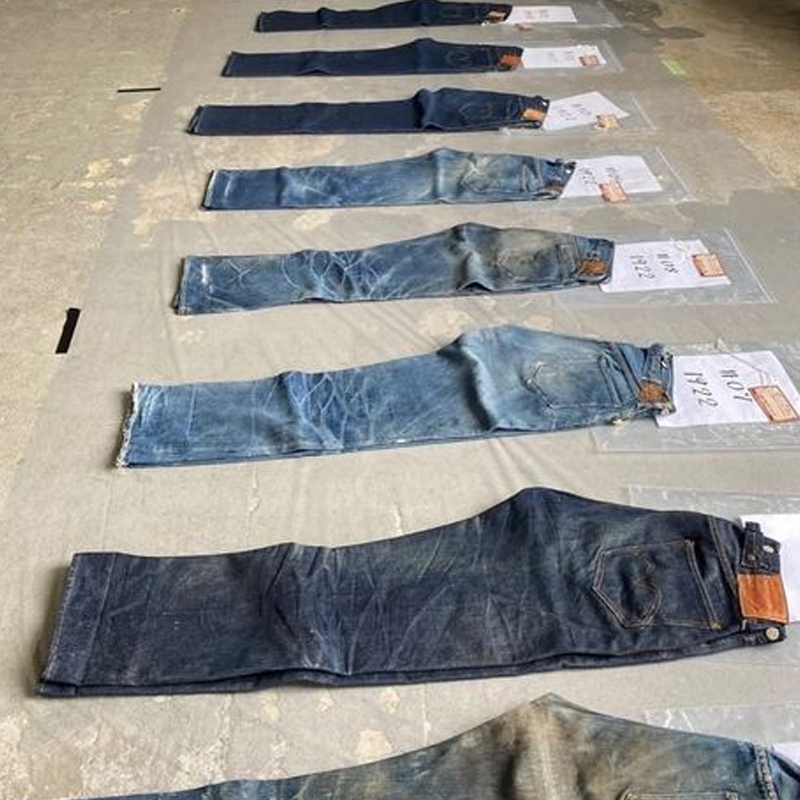
Quality Control: How Does Levi’s Maintain Consistency Across Global Production?
Maintaining consistent quality across a global network of factories is no small feat. Levi’s employs a comprehensive quality control system that spans from raw material sourcing to final product inspection. This system ensures that a pair of 501s manufactured in Vietnam meets the same exacting standards as one produced in Mexico or the United States.
Key elements of Levi’s quality control process include:
- Rigorous testing of raw materials, including cotton and denim fabrics
- Standardized production processes and equipment across facilities
- Regular training and skill development for workers
- Multiple inspection points throughout the manufacturing process
- Final quality checks before products are shipped to distribution centers
Sustainable Practices: How Is Levi’s Making Denim Production Greener?
Sustainability has become a core focus of Levi’s manufacturing strategy. The company has set ambitious goals to reduce its environmental footprint and improve the sustainability of its supply chain. These efforts span every aspect of production, from cotton cultivation to consumer care instructions.
Some key sustainability initiatives include:
- Water<Less™ Technology: Innovative techniques that have saved billions of liters of water in the manufacturing process
- Screened Chemistry: A program to eliminate harmful chemicals from the production process
- Recycled Content: Increasing use of recycled materials in jeans and other products
- Better Cotton Initiative: Sourcing cotton from farmers who use water efficiently and reduce pesticide use
- Circular Economy Efforts: Developing programs for jean recycling and upcycling
The Future of Denim: What’s Next for Levi’s Global Manufacturing?
As Levi’s looks to the future, several trends are shaping its approach to global manufacturing. The company is continually balancing tradition with innovation, seeking ways to honor its heritage while embracing new technologies and consumer preferences.
Some key areas of focus for the future include:
- Customization: Expanding capabilities for personalized and made-to-order jeans
- Automation: Incorporating more automated processes while preserving craftsmanship
- Localization: Tailoring production and products for specific regional markets
- Sustainability: Continuing to reduce environmental impact and promote circular economy principles
- Digital Integration: Leveraging data and technology to optimize the supply chain
Sourcing Smarter: Leveraging Global Expertise for Your Business
Levi’s global manufacturing network offers valuable lessons for businesses of all sizes. The company’s ability to balance quality, cost, and sustainability across a complex international supply chain is a model of modern production strategy. For those looking to optimize their own manufacturing or sourcing, particularly in regions like China, there are key takeaways from Levi’s approach.
If you’re considering leveraging Chinese manufacturing expertise for your business, it’s worth exploring how you can apply some of Levi’s strategies. From implementing rigorous quality control to focusing on sustainability, there are numerous ways to enhance your production processes. For personalized guidance on navigating the complexities of global sourcing, consider reaching out to experts like BuyFromChinaDirect. Their experience can help you source smarter, ensuring you get the quality and efficiency you need while maintaining ethical and sustainable practices.



